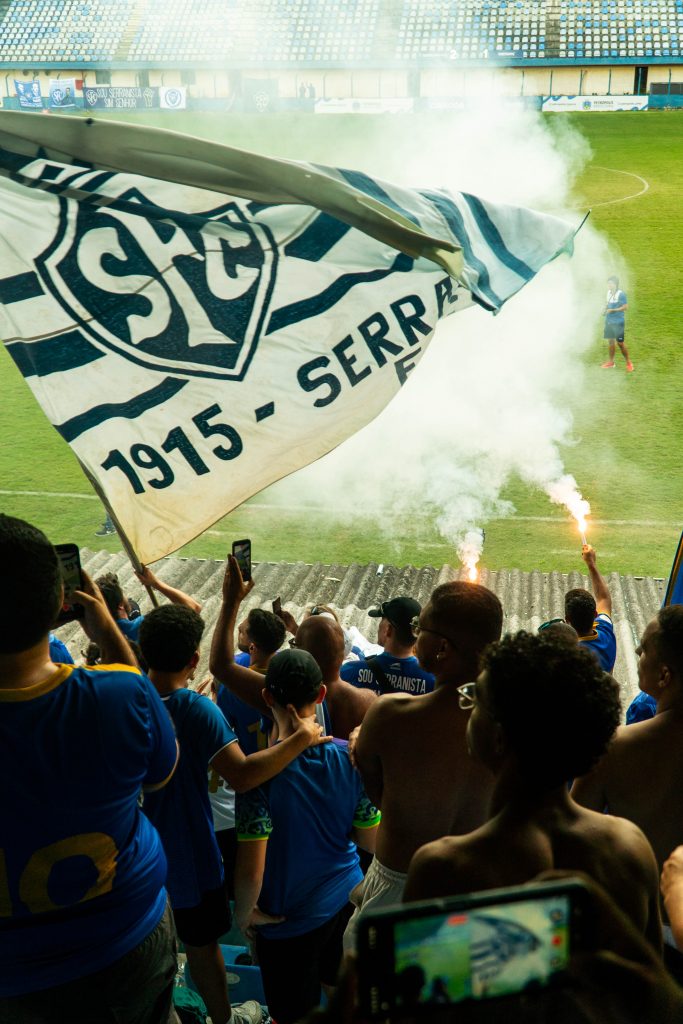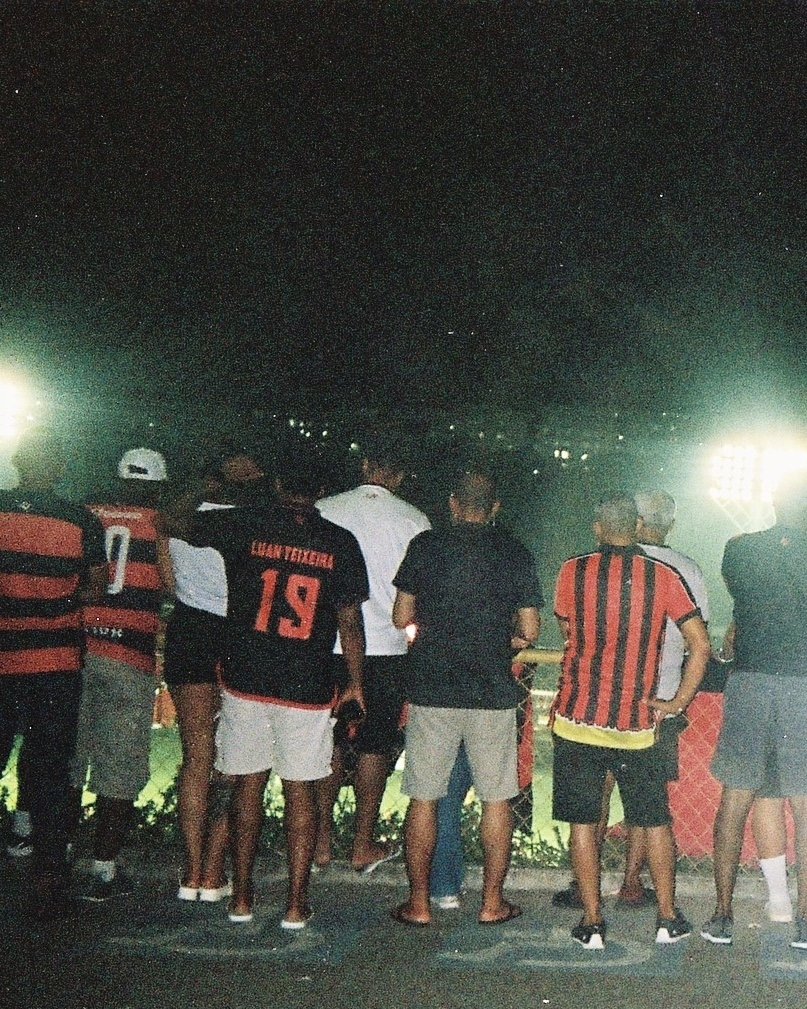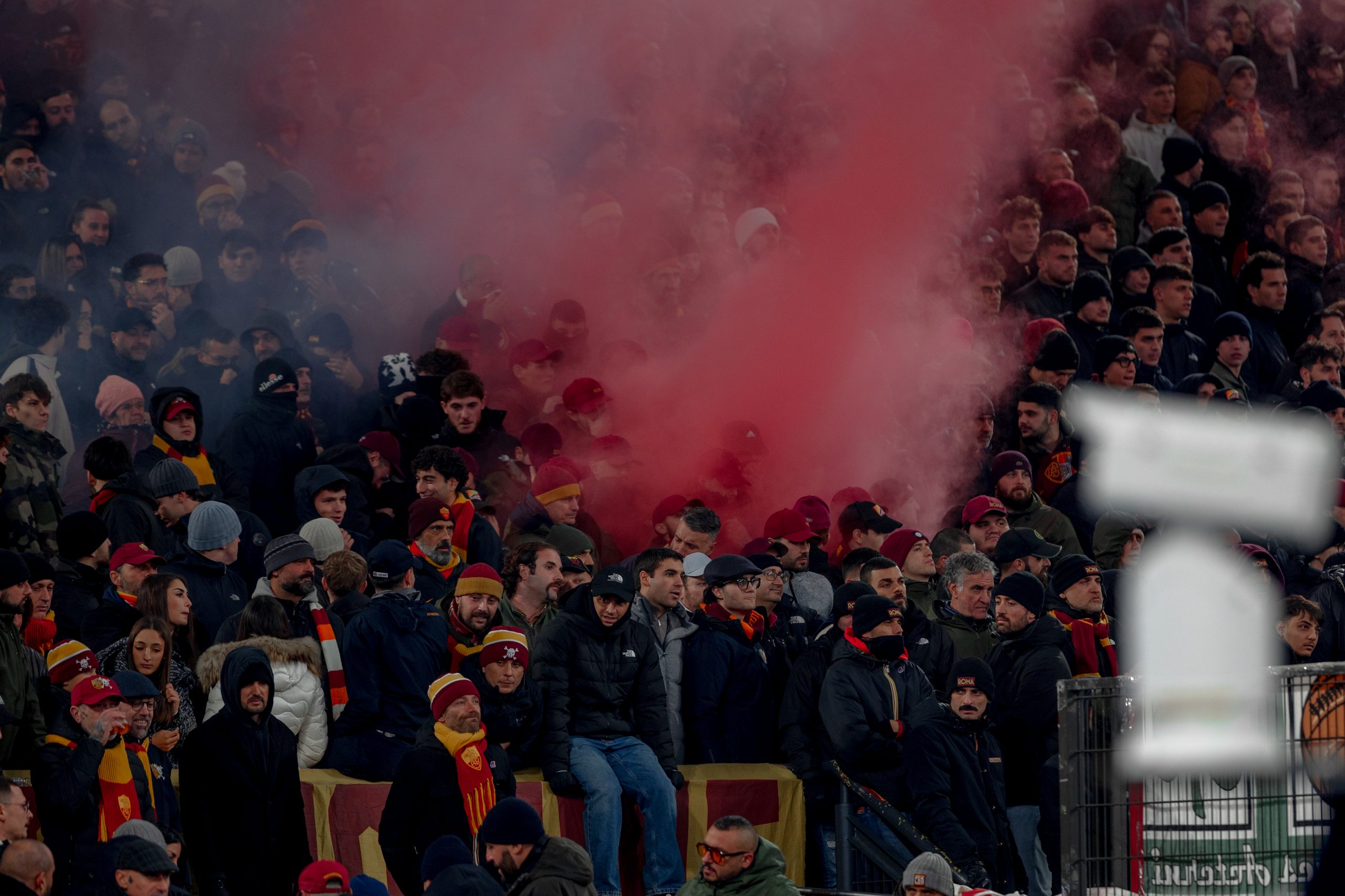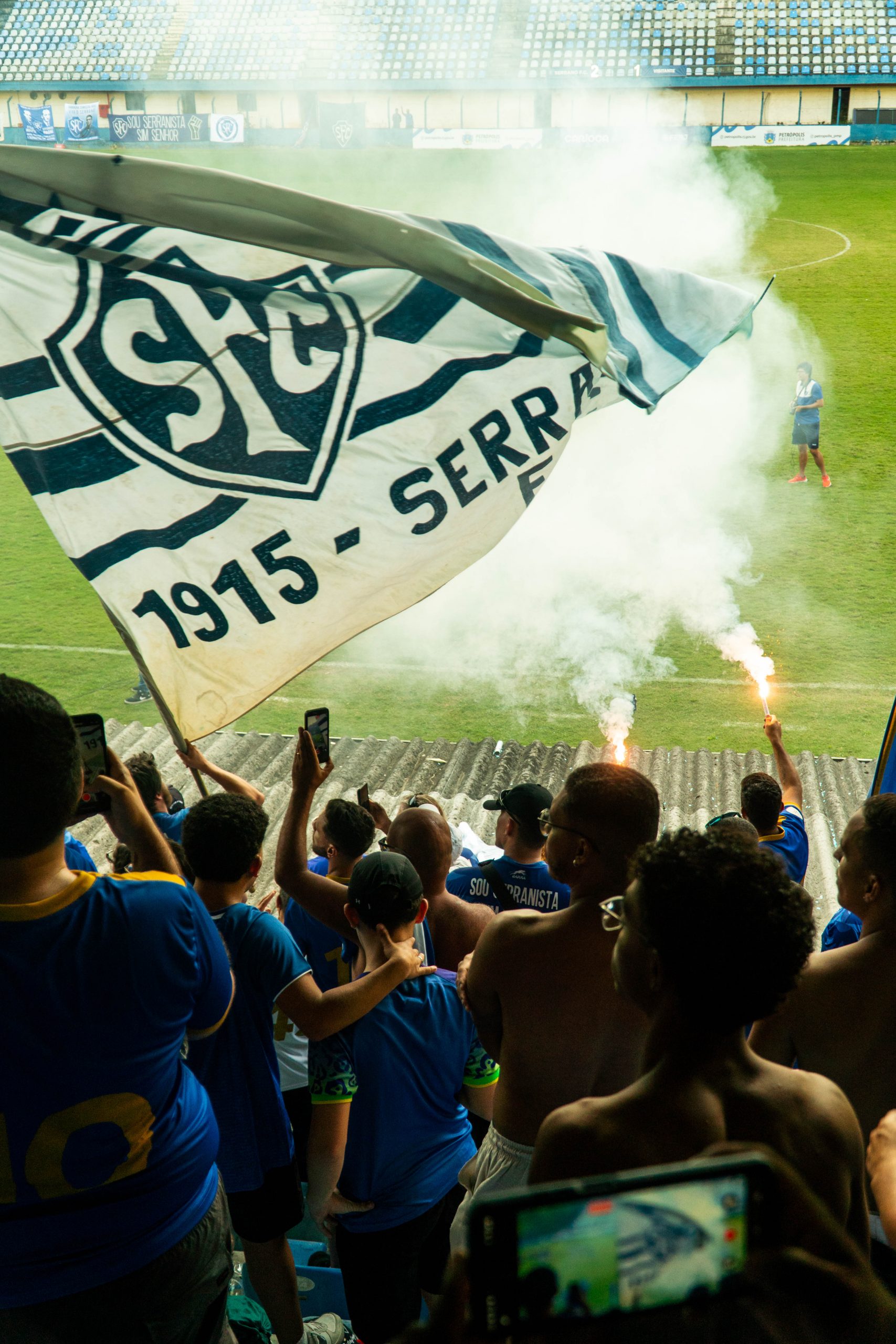Lower Block has long been at the intersection of football, photography, and culture, capturing the stories, style, and soul that exist beyond the pitch. In their latest edition, founder Matt Lidbury turns the spotlight on Italy’s Ultras through the eyes of photographer Imma Borrelli, whose work delves deep into the subculture that has defined decades of fandom.
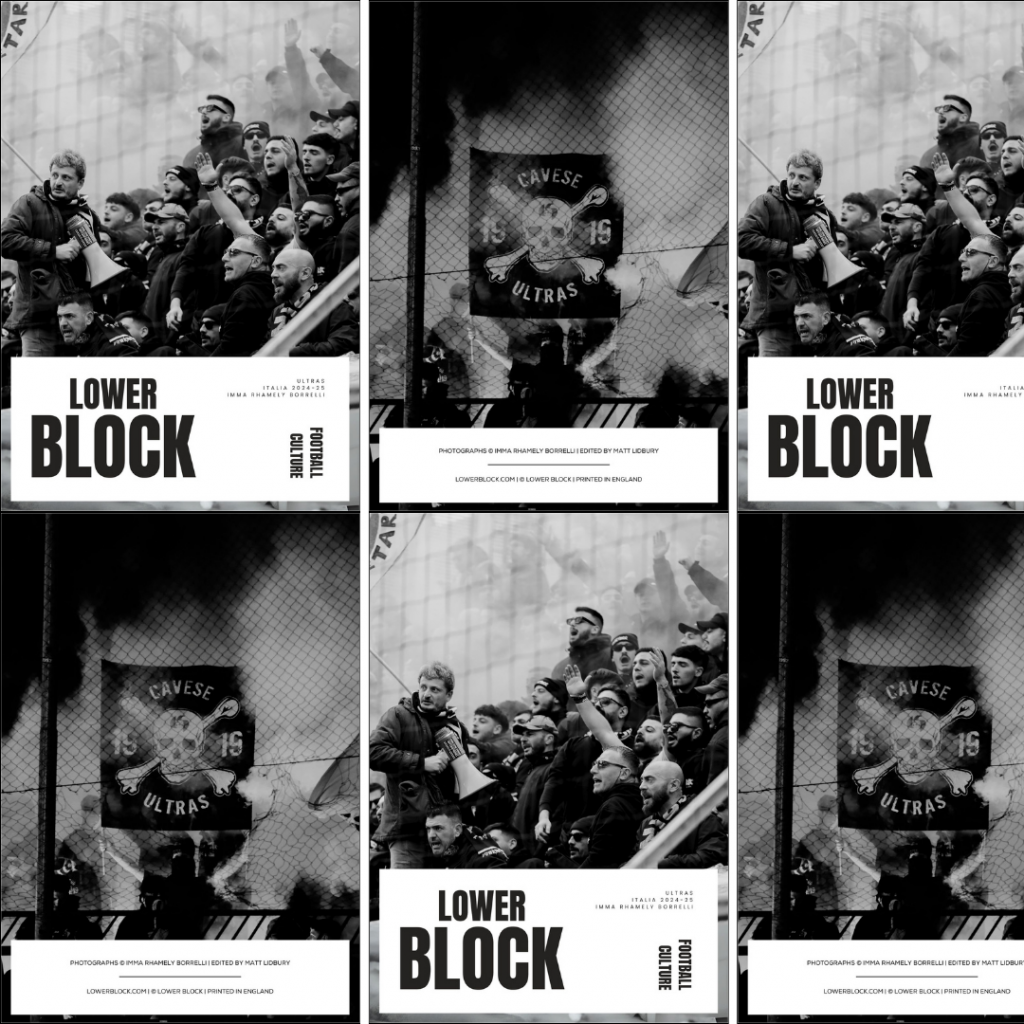
The Edition: Capturing Passion and Emotion
“You can expect brilliant photographs filled with passion and emotion,” Matt begins, describing the new issue with genuine excitement.
He explains that there has always been a certain synergy between Italian and British football culture. “I suppose it comes from more of an appreciation on our part — of wider Italian culture; the food, the passion, the style, and the romance of it all. Whilst we have our own way of playing and supporting — and everything that comes with it — I think we’ve all romanticised at some point about the way the Italians do certain things.”
The connection runs deeper than just aesthetics. “The Ultras subculture within football can be traced back to Italy in the 1950s and has since spread throughout much of Europe and the rest of the world. This edition focuses on that subculture through the work of Imma Borrelli, a photographer from Naples, and very much an outsider, as she puts it. Imma wasn’t interested in simply documenting from the outside or immersing herself within the Ultras; she wanted to understand it through the people, their stories, and their rituals.”
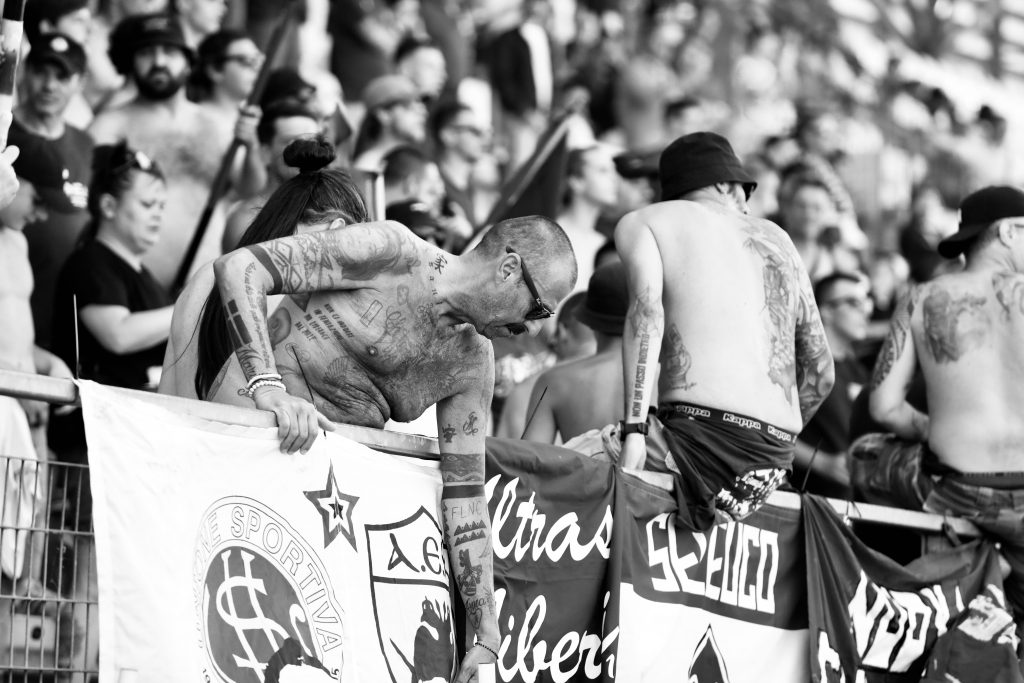
Imma’s images, Matt says, are filled with character. “Her photos capture a way of life, people coming together, sharing experiences, and showing passion for their team, their hometowns, and their cities. Her work covers Ultras from giants like Roma and Lazio to clubs across the lower divisions, where the support, if anything, seems even more committed.”
Imma herself reflects on that experience. “It has been a privilege to enter the world of Ultras — to observe and tell true, passionate stories, and to experience the respect and mutual exchange that comes with every encounter,” she says. “I came to football as an adult. I fell in love with it; the stadium feels sacred — a space of belonging, faith, and presence.”
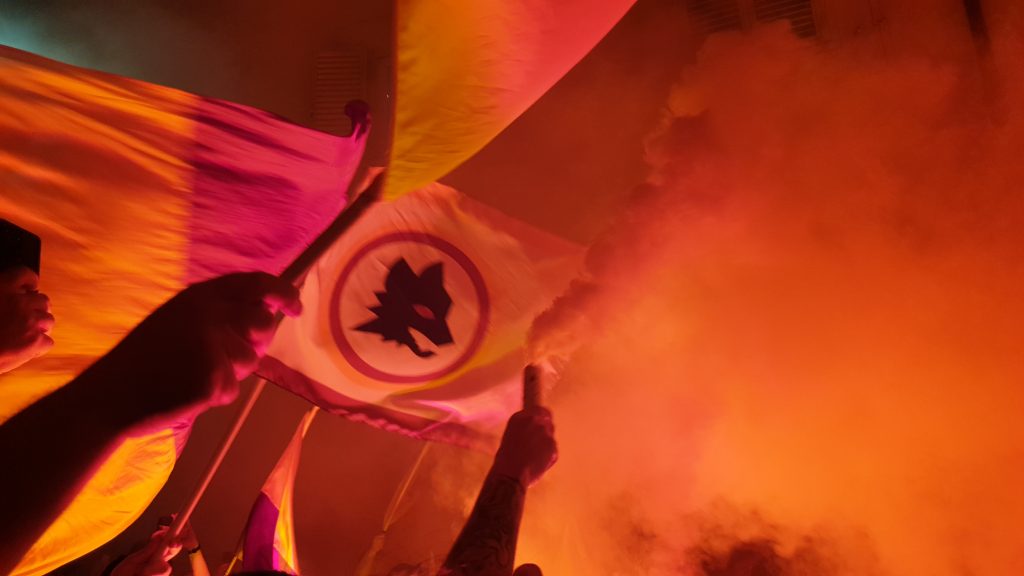
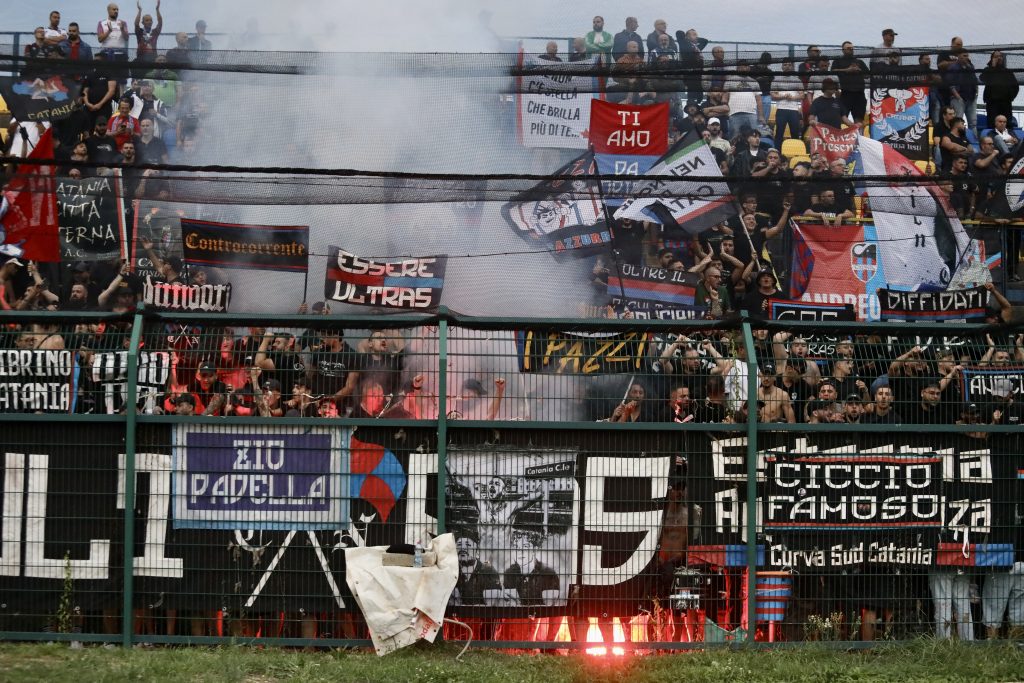
Understanding the Fascination
When asked why he thinks there’s such a fascination with Ultra culture, Matt pauses. “It’s hard to say, as everyone has different experiences. Football will always bring people together. Supporting your team, it makes sense that people who want to commit in certain ways — dressing a certain way, creating atmosphere, protesting for or against issues within their club — would want to come together.”
He continues, “Younger people especially want to find like-minded others — this happens in any subculture. Whether you want to participate or not, stadiums feel soulless without atmosphere. Over the years in the UK, some clubs have tried to break up certain types of supporters, often to the detriment of the overall matchday experience.”
For Imma, belonging is everything. “To belong means more than showing up on matchday,” she says. “It requires constant commitment and dedication that extends far beyond cheering.”
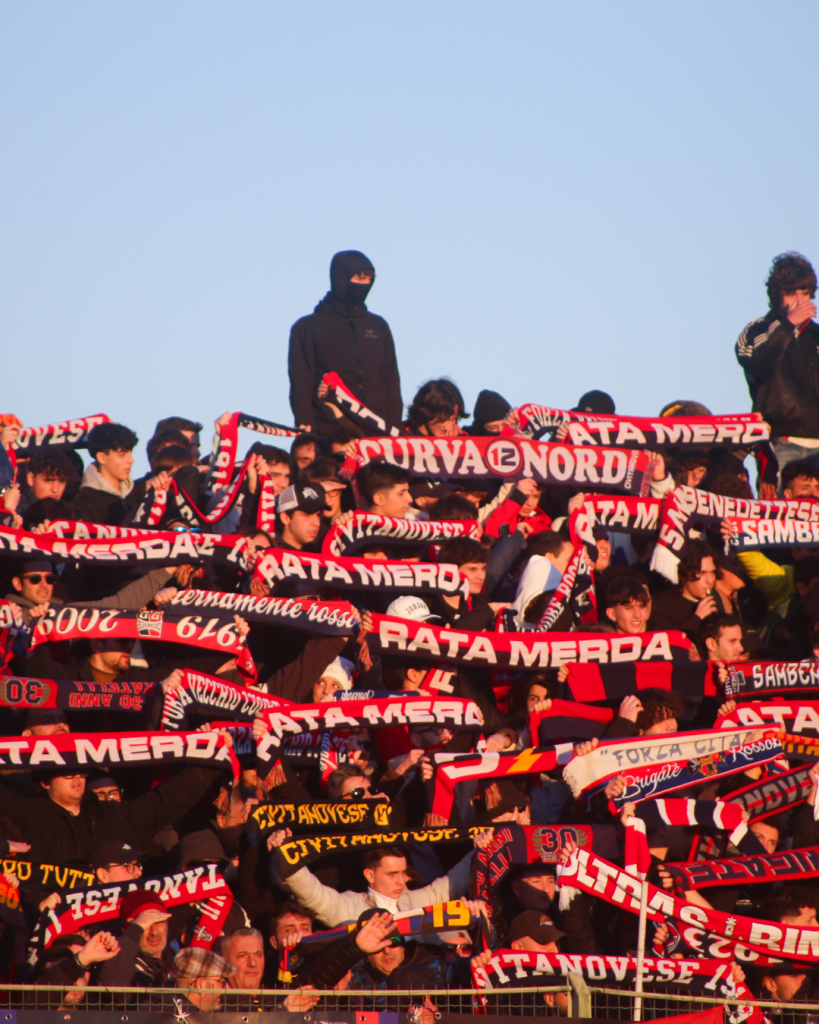
Between Italy and the UK
Matt sees clear differences between Ultras in Italy and supporters in the UK. “Yeah, definitely. When you look at Italian Ultras, you’re seeing something that has existed and evolved for around 70 years. It’s generational for some supporters. Many clubs have several Ultras groups — some even consider each other rivals. As far as I’m aware, in terms of Ultras, we don’t really have anything close to that here. Football is largely brilliantly supported in the UK, across all levels. We should be proud of that.”
He draws parallels to the casual culture of the 1980s and 90s in Britain. “The fashion and style that came out of the casual scene of the 80s and into the 90s in the UK tells its own story. Back then, clubs had their firms — and, similar to Ultras, they were organised in their own way, and sometimes clubs had more than one. It’s great that we now have groups of fans who want to come together and create atmosphere at grounds — whether or not they call themselves Ultras — but it’s still nothing compared to the level of involvement Italian Ultras have with their clubs and local communities.”
That connection across cultures, he says, continues to resonate. “Lower Block often receives messages of support and appreciation from groups in Italy. It shows the natural synergy between proper Italian and British football culture — built on identity, shared values, and authenticity. There’s a mutual respect that feels genuine.”
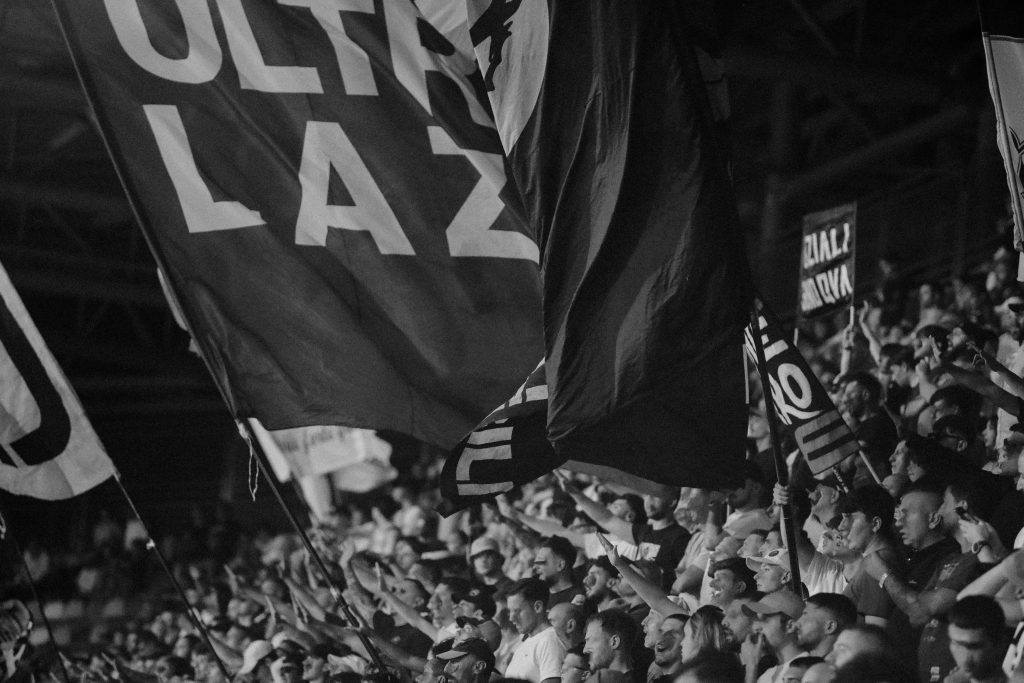
The Scale of Ultras in Italy
“I’m not an expert on Ultras,” Matt admits, when we broach whether or not the concept of Ultras is bigger in places like Italy, “But it’s not even comparable. Look at Javier Zanetti’s connection with Inter Milan’s Ultras in the 90s–2000s, or in 2023 when AC Milan players apologised to their Ultras on the pitch at San Siro. Those are just two well-documented examples at high-profile clubs.”
For Imma, being an Ultra is about far more than support. “Being an Ultra is a lifestyle choice — a shared identity, a community built on passion, emotion, and loyalty through good times and bad.”
She also notes the presence of women within that world. “I was struck by the presence of women in the stands and on the curves. Despite clichés, you can be a woman and a fan — fully part of it.”
Experiencing Ultra Culture Firsthand
When asked where he’d most like to experience Ultra culture himself, Matt smiles. “Great question. When it comes to being a football fan, I don’t like to think of myself as a voyeur — but judging by Imma’s photographs, I’d happily support my team away at Cavese 1919. They look lively.”
He laughs, but it’s clear the admiration runs deep. For Matt and Imma, the world of Ultras isn’t something to be judged from a distance; it’s something to be understood, respected, and, above all, felt.
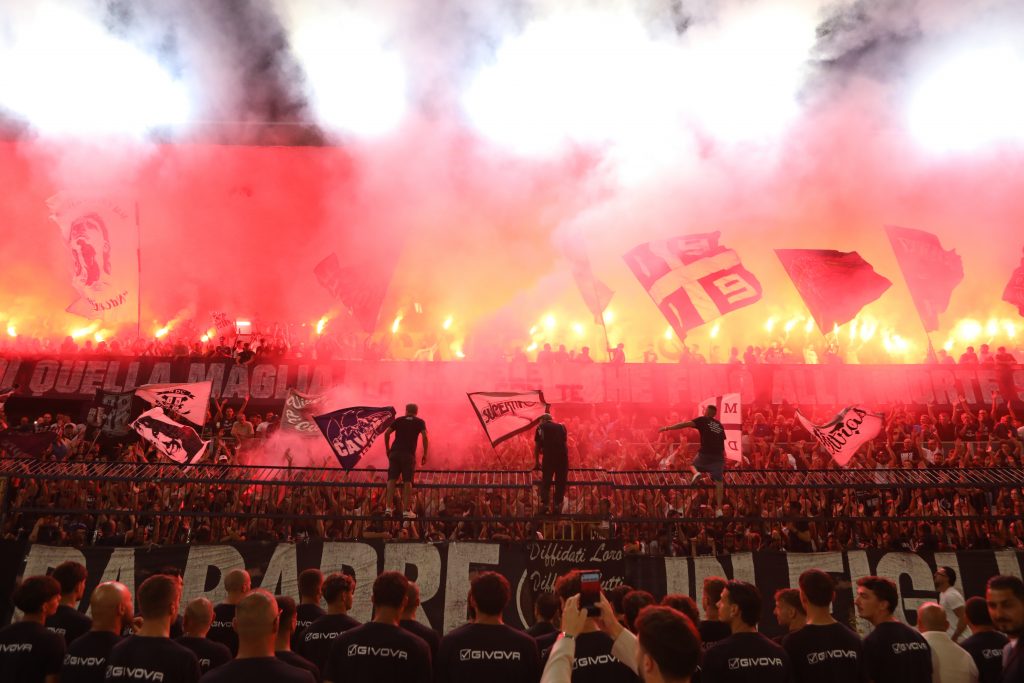
Visit Lower Block here: https://lowerblock.com/
You can buy the latest edition here: https://lowerblock.com/product/ultras-italia-2024-25-imma-rhamely-borrelli/
Follow Lower Block on Instagram here
You can also follow Imma Borrelli here on Instagram.
All images by © Imma Borrelli / Lower Block



